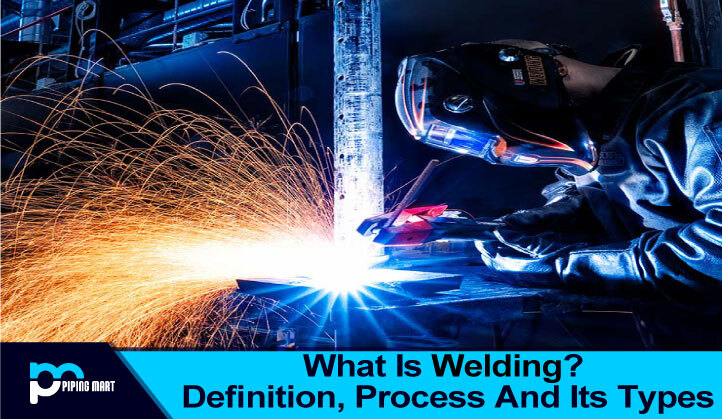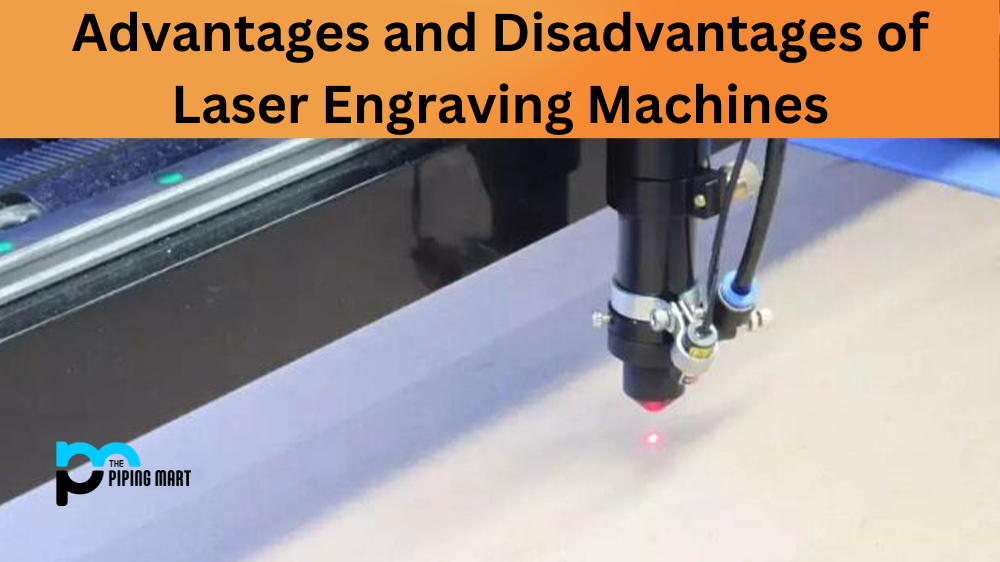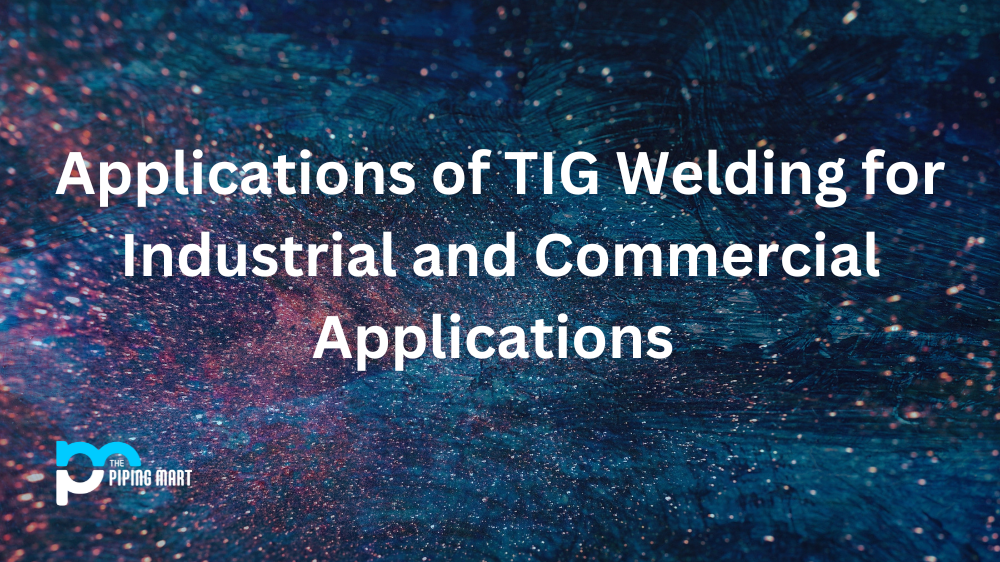Welding is a manufacturing process in which the flame, friction or both components weld together as they are cold. Welding is typically seen on thermoplastics or metals, but it may also be seen on wood. The finished sold joint can be considered a weld.
What are the different types of welding and its applications?
Arc
A variety of regular semi-automatic, automatic and manual processes are part of this genre. This includes
- Stick welding.
- Gas welding Metal Inert Gas / MIG welding.
- Tungsten Inert Gas or TIG welding which also known as Gas Tungsten arc is welding or GTAW.
- Metal active gas welding, Flux cored arc welding or FCAW.
- GMAW/Gas Metal Arc Welding.
- SAW/Submerged arc welding.
- SMAW or Shielded metal arc welding.
- Plasma arc welding.
All of the above process is commonly used in the filling of metals like steel, iron, nickel and copper alloys, cobalt and titanium. The process of arc weld is commonly used in industries such as oil and gases, energy, aerospace, the car industry, etc
Friction
Mechanical friction join materials by friction techniques. This can be done in several ways on various welding materials, such as steel, aluminium or wood. Mechanical friction creates heat, which eases the materials and helps them to mix and create a bond while they cool. For instance friction stir solding (FSW), friction stir spot welding (FSSW), linear friction solding (LFW), rotary friction soding etc. The manner of joining depends on the precise method used (RFW). Friction weld does not use any filler metals such as flux or shielding steam. Friction is widely used in aero-space applications because it is convenient for combining otherwise it is not weld-able lightweight aluminum alloy.
Friction process is used in a number of industries, and they are now being studied as a means of joining wood without the use of adhesives or nails.
Beam of Electrons
To combine materials, a beam of high-velocity electrons is used in this fusion joining procedure. When the electrons collide with the work pieces, their kinetic energy is formed into heat, allowing the materials to melt together. Electron beam welding (EBW) is achieved in a vacuum (via a vacuum chamber) to protect the beam from dissipating. EBW has many different uses, including joining thick parts. As a result, it can be used in a variety of fields, including aerospace, nuclear power, automobile, and rail.
Laser
Laser method is used to connect thermoplastics or metal parts by using a laser to produce a focused heat suitable for barrow, deep welds, and high joining speeds. Since this method is easily automated, the high welding speed at which it can be done makes it ideal for large volume applications, such as those used in the automobile industry. Laser beam welding, unlike electron beam joining, should be achieved in air rather than a vacuum.
Resistance
This is a very quick and simple procedure that is widely used in the automotive industry. Resistance welding is divided into two types: resistance spot welding and resistance seam welding. Spot welding channels heat from two electrodes to a small area as the workpieces are clamped together. Seam welding is similar to spot welding in that the electrodes are replaced with rotating wheels to ensure a continuous leak-free weld.

Pipingmart is B2B portal specializes in industrial, metal and piping products. Also, share latest information and news related to products, materials and different types grades to help business dealing in this industry.




